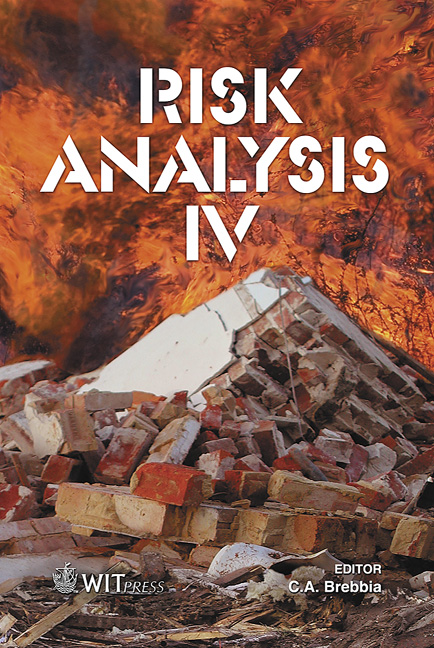Application Of Risk Density Analysis For Seismic Design: A Gravity-type Quay Wall Case
Price
Free (open access)
Transaction
Volume
77
Pages
10
Published
2004
Size
735 kb
Paper DOI
10.2495/RISK040051
Copyright
WIT Press
Author(s)
K. Ichii
Abstract
Since the Kobe earthquake disaster in 1995, a two-level approach has been commonly used in defining the seismic design ground motion. For example, in a new proposal of seismic design guidelines for port structures by the International Navigation Congress (PIANC), level-1 and level-2 earthquake motions are defined as the motions with a 50 % and 10 % chance of being exceeded during the life span of a structure, respectively. However, the meaning of two-level definitions on the design ground motions is still rather vague. The author believes that the design ground motion level should be determined considering the seismic hazard characteristics at the site and seismic loss characteristics of the structures, and the seismic risk density concept was applied to discuss the appropriate background of the design ground motion level in this paper. First, a procedure to calibrate seismic risk density for gravity-type quay walls was proposed. Then, the characteristics of risk density for various situations of gravity-type quay walls were discussed. These risk density characteristics were classified into three types, and these were dependent on the seismic performance of the structure. Based on the consideration of risk density characteristics, the proposed definition of level-1 and level-2 earthquakes by PIANC seems to be reasonable for the gravity-type quay wall considered in this research. 1 Introduction Since shortly after the Kobe disaster in 1995, the two-level approach has been commonly used in the definition of the design ground motion level. For example, the concept of performance-based design has been introduced in the new Japanese technical standard for port facilities, which was revised in 1999, and it stated that high seismic resistant facilities should maintain the required
Keywords





